Ho Chi Minh City : 10-year-old Phuc had prolonged bloody stools. Doctors discovered hundreds of large and small polyps in his large intestine.
Endoscopy results at Tam Anh General Hospital in Ho Chi Minh City showed hundreds of polyps growing in clusters, the size of black beans, grapes... in the child's large intestine. The polyps have a very diverse morphology, short stalks and no stalks, forming clusters inside the intestine, difficult to distinguish, and congested surface.
Colon polyps (large intestine) are small masses of cells on the lining of the colon, formed by abnormal proliferation of the mucosa. On October 10, Master, Doctor Trinh Thi Hong Van, Department of Pediatrics, said that baby Phuc had polyps appearing on the lining of the colon, causing irritation, inflammation and bleeding.
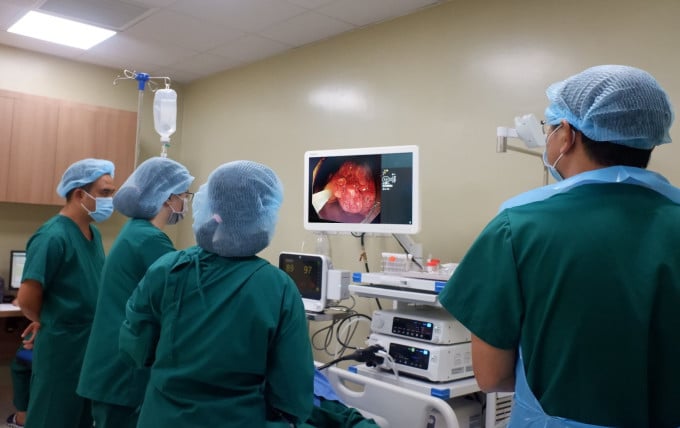
The endoscopy screen shows a grape-shaped polyp in the child's large intestine. Photo: Provided by the hospital
Doctors at the Endoscopy and Gastrointestinal Endoscopy Center removed the polyps from the child. However, because the child had many polyps, they could not remove them all in one endoscopy. The child underwent three endoscopy procedures to remove nearly 100 polyps. The post-operative biopsy results were all benign.
Dr. Hong Van said the child may have juvenile polyposis syndrome. This is a genetic disease caused by the development of multiple polyps (abnormal tissue growth) in the small intestine and rectum. The disease usually develops in adolescence, with the risk of progressing to cancer. In addition, the child needs to do more genetic tests to check for genetic diseases.
Polyps have the risk of re-forming and developing into cancer, so children need regular colonoscopy.
Colorectal polyps often progress silently, without symptoms, and are mostly benign. Some cases develop into cancer, causing death when detected at a late stage. Patients often discover when the cells have grown large enough to cause intestinal obstruction or bleeding.
Wisdom
| Readers ask questions about children's diseases here for doctors to answer |
Source link



![[Photo] National Assembly Chairman Tran Thanh Man chairs the meeting of the Subcommittee on Documents of the First National Assembly Party Congress](https://vphoto.vietnam.vn/thumb/1200x675/vietnam/resource/IMAGE/2025/5/8/72b19a73d94a4affab411fd8c87f4f8d)
![[Photo] President Luong Cuong presents the decision to appoint Deputy Head of the Office of the President](https://vphoto.vietnam.vn/thumb/1200x675/vietnam/resource/IMAGE/2025/5/8/501f8ee192f3476ab9f7579c57b423ad)
![[Photo] Prime Minister Pham Minh Chinh meets with the Policy Advisory Council on Private Economic Development](https://vphoto.vietnam.vn/thumb/1200x675/vietnam/resource/IMAGE/2025/5/8/387da60b85cc489ab2aed8442fc3b14a)
![[Photo] General Secretary concludes visit to Azerbaijan, departs for visit to Russian Federation](https://vphoto.vietnam.vn/thumb/1200x675/vietnam/resource/IMAGE/2025/5/8/7a135ad280314b66917ad278ce0e26fa)

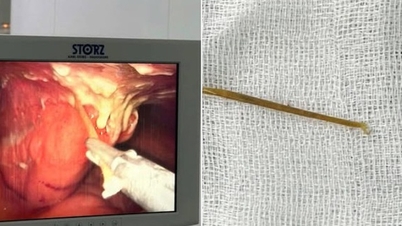



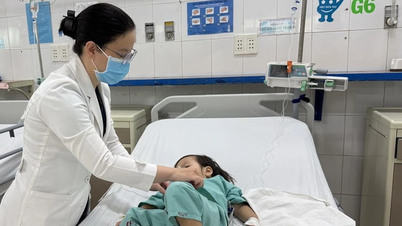
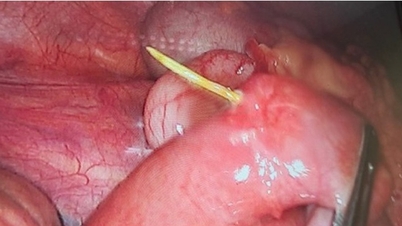



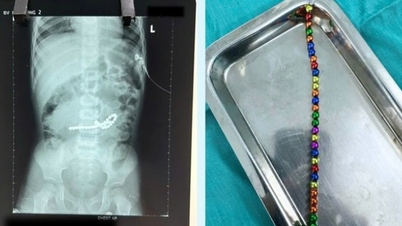



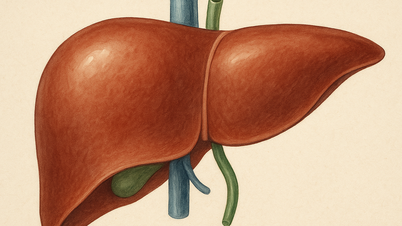
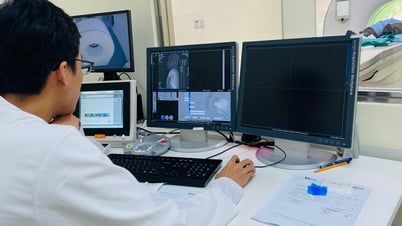










































![[Photo] Prime Minister Pham Minh Chinh talks on the phone with Singaporean Prime Minister Lawrence Wong](https://vphoto.vietnam.vn/thumb/402x226/vietnam/resource/IMAGE/2025/5/8/e2eab082d9bc4fc4a360b28fa0ab94de)










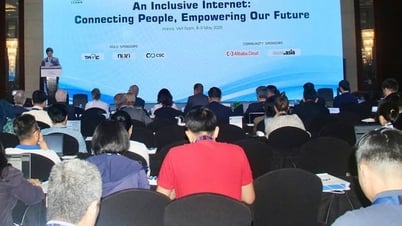
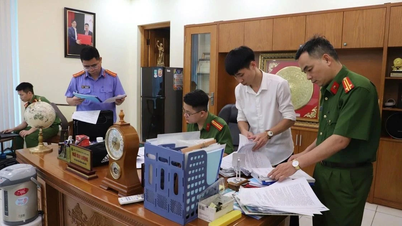



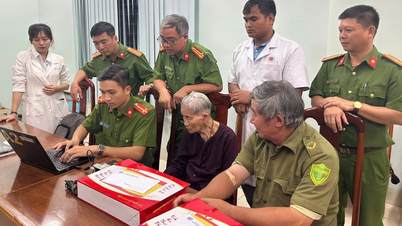

















Comment (0)